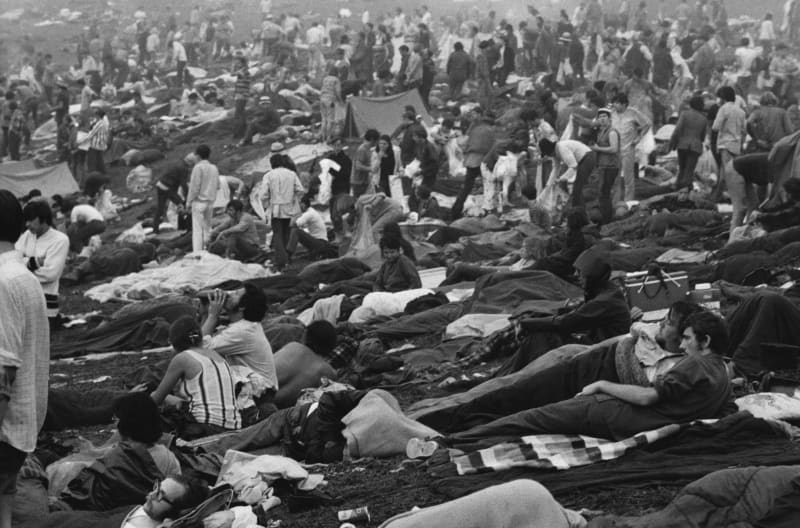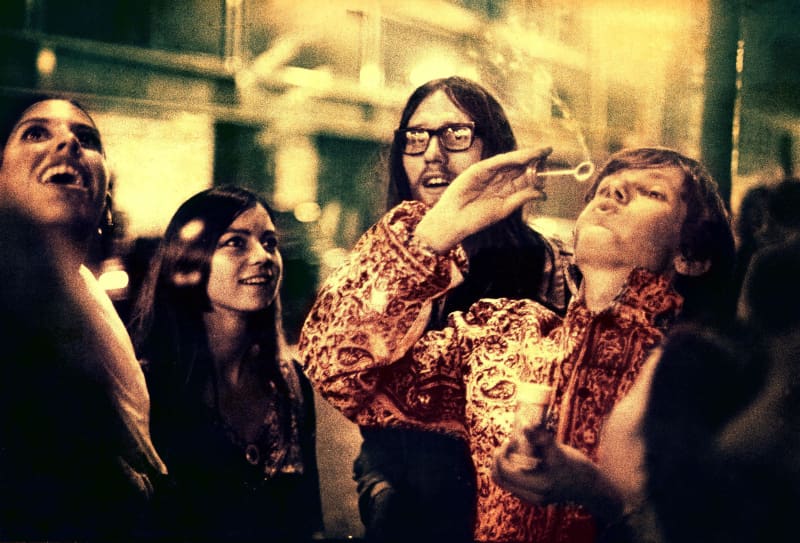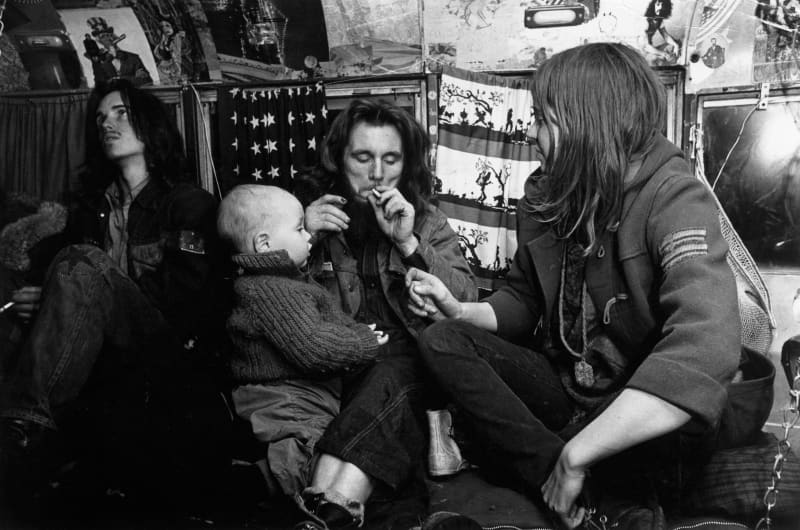Kari Kosmos’s Time of the Mind: the history and vision of psychedelic culture is an extensive look at psychedelics and the colorful people, bands and artists who revolved around them.
A large part of the fundamental work is especially the 1960s, when the chemical revolution produced a wealth of new music, art, and subculture and counterculture in the United States and on the west coast of the country.
– Would I have liked to live in 1960s San Francisco? Yes, such a thought sometimes crossed my mind when I was younger. In that period, I am interested in a certain kind of cultural explosion, and I always return there in some way and to some extent, Markkula reflects.
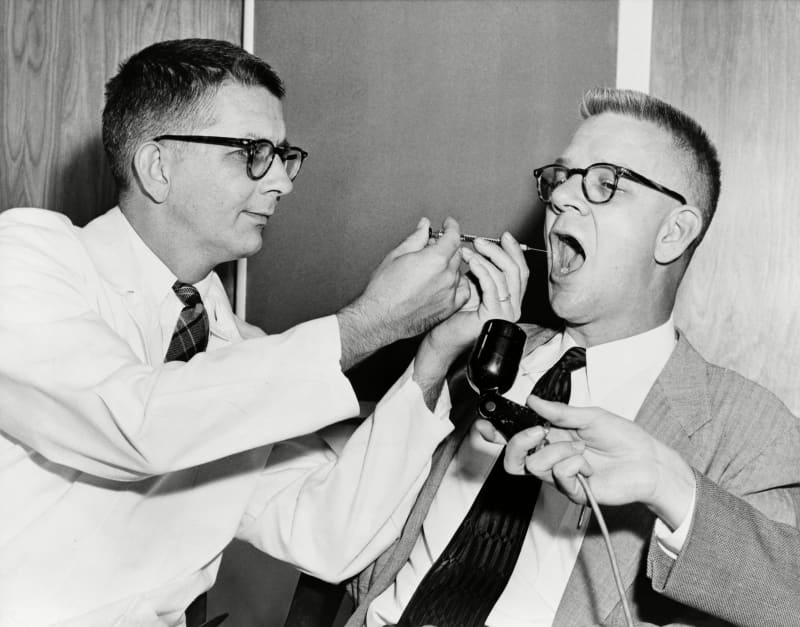
Diving into the core of black acid
Markkula was originally interested in protopunk and glam rock, but later discovered psychedelia and psychedelic rock through 1960s bands like The Byrds and The 13th Floor Elevators.
– The twists and turns of the mind in this kind of music are very fascinating. The interweaving of the mind can appear in music in many different ways, such as, for example, through an alternate rhythm. Or you can add layers to a simple melody that make it more versatile – a bit like peeling an onion. Through this, we can reach new landscapes and images.
– At the time, I lived in an old brick house in Tampere, where I had a wood stove in the living room as a heating method. Building the song in the dark hours of the night was a very intense experience. A bottom riff started playing in my head, which I then dived into. A similar type of diving also occurs in the acid experience, says Markkula.
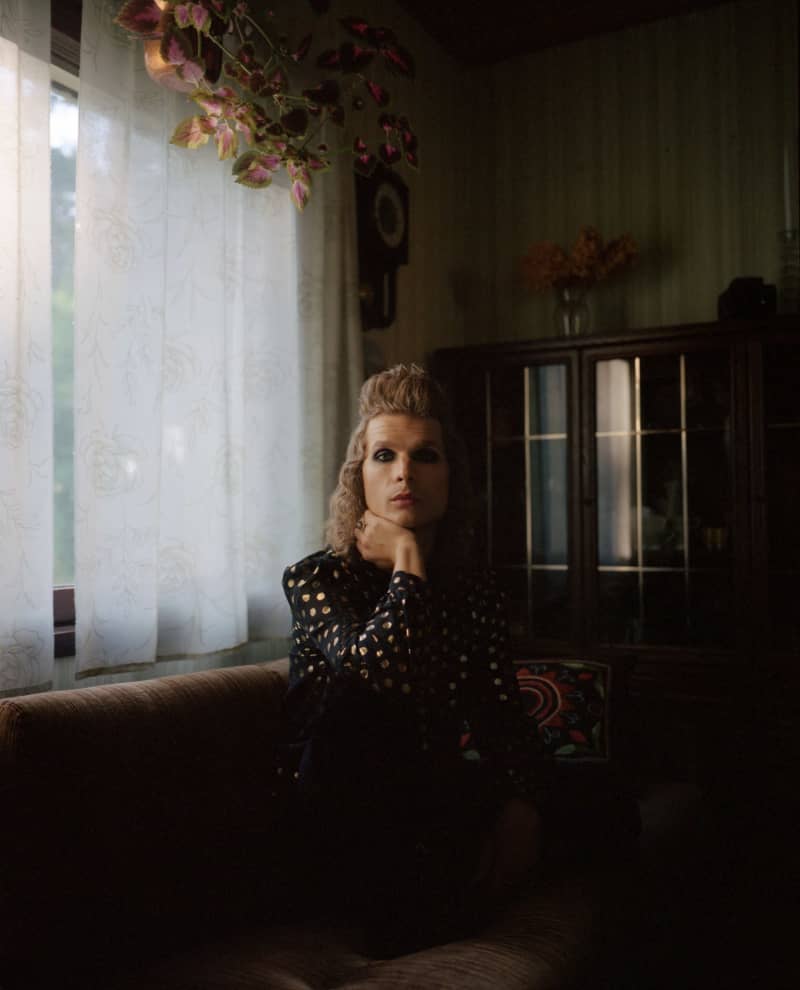
– the lyrics tell about enlargement and reduction pills. They connect directly to a psychedelic experience, where the proportions live, vibrate and change, Teemu Markkula reflects.

Towards a state of the collective unconscious
Known as the acid king, Stanley knew how to produce large-scale production of LSD, which the members of the Grateful Dead were happy to grab, and he also became the band’s sound engineer, financier and manager.

The training sessions of the Grateful Dead were always done under the influence of LSD. The goal was for the band to enter the state of the collective unconscious, where its members would be able to communicate and convey messages telepathically and see things through each other’s eyes.
The constant tripping later caused imaginings and assumptions that Stanley was the devil himself or owned and controlled the minds of the band members.
LSD was also seized in Finland
Psychedelia landed in the party city of London in the mid-1960s, where they started to organize a UFO club that offered macrobiotic food.
Even so, LSD also inspired great British bands like The Beatles and Pink Floyd. From the side of psychedelic music, Teemu Markkula highlights the album of the English band White Noise from the late 1960s, whose music has been used, among other things, in horror films of the era.
– The use of psychedelics can also lead to frightening and threatening experiences. Psychedelics open up the human mind and aspects of the mind that you may not have looked at at all, or that you may have pushed aside. Such experiences are then recorded in soundscapes, which the listener may experience as strange or scary.
In Finnish subculture circles, LSD gained a foothold in 1968 at the latest, and before that many had already had time to get to know mescaline.
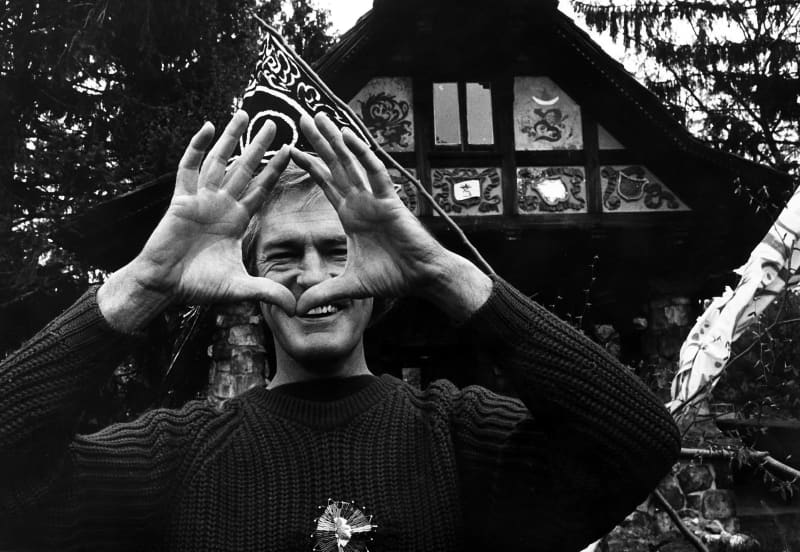
Mushrooms are from space
– the pages of the book glimpse more interesting and eccentric psychonauts, i.e. people who have expanded their consciousness in one way or another.
According to Leary, consciousness is a biochemical phenomenon and can be expanded with chemicals. Leary has also inspired a Death Hawks song.
– At that time, we were listening to Leary’s recordings, in which he tells and talks about his experiences on tape. He has also been observed with interest, says Teemu Markkula.
In the CIA’s secret MK-ULTRA project, psychedelics were tested on people without their knowledge. The project included, among other things, feeding psilocybin narcotic mushrooms to minors.

The Secrets of Ayahuasca
-a magical drink made from vines. It has probably been used in the jungles of South America for thousands of years in various rituals and ceremonies.

Teemu Markkula has also participated in the ayahuasca ceremony several times. According to Markkula, the use of ayahuasca is a certain kind of spiritual work that should not be done casually.
– Before the mind starts adventuring, the basic pillars must be in order. I have also heard of ayahuasca experiences where a person has been drugged, tucked under a blanket and left alone in an empty room. The experience has not been good at all.
But to what extent has a psychedelic like ayahuasca shaped Teemu Markkula as an artist? The question is not entirely clear-cut.
– When I started making music of this genre, I had no experience with psychedelics – so creating psychedelic music does not require the use of psychedelics. On the other hand, in my case, I no longer feel that making music is always about composing: my mind produces melodies and it feels like a channel has been open.
